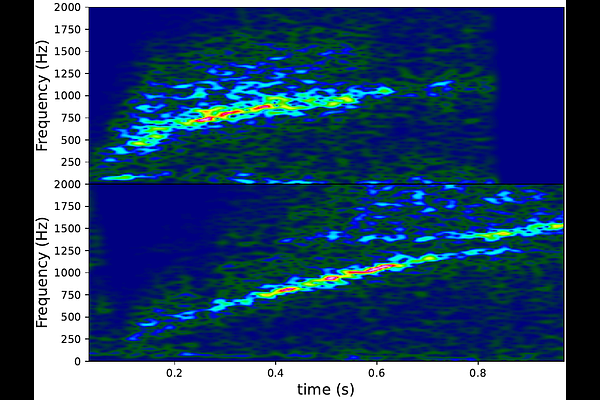Gravitational waves from core-collapse supernovae with no electromagnetic counterparts

Gravitational waves from core-collapse supernovae with no electromagnetic counterparts
Jade Powell, Bernhard Müller
AbstractCore-collapse supernovae (CCSNe) are regularly observed electromagnetically, prompting targetted searches for their gravitational-wave emission. However, there are scenarios where these powerful explosions may not have any observable electromagnetic signal, but would still have strong detectable emission in gravitational waves and neutrinos. A regular CCSN explosion may be obscured by matter in the Galaxy. A star may undergo a failed CCSN explosion, where the stalled shockwave is not revived, and would eventually form a black hole. Higher mass progenitor stars may revive the shock, but form a black hole too quickly for the shockwave to reach the surface of the star and produce an electromagnetic signal. Previous work has shown that we can determine if a black hole forms from the CCSN neutrino emission if there are long duration sinusoidal modulations in the neutrino signal caused by the standing accretion shock instability (SASI). The SASI also produces an observable signature in the gravitational-wave emission. In this paper, we investigate if we can distinguish between different scenarios for electromagnetically dark CCSNe using the gravitational-wave emission alone. We find, using a reconstruction of the SASI mode, abrupt end times of the gravitational-wave emission, and the rate of change of frequency of the dominant mode, that we are able to accurately distinguish between an obscured CCSN, a failed CCSN, and an explosion with fast black hole formation.